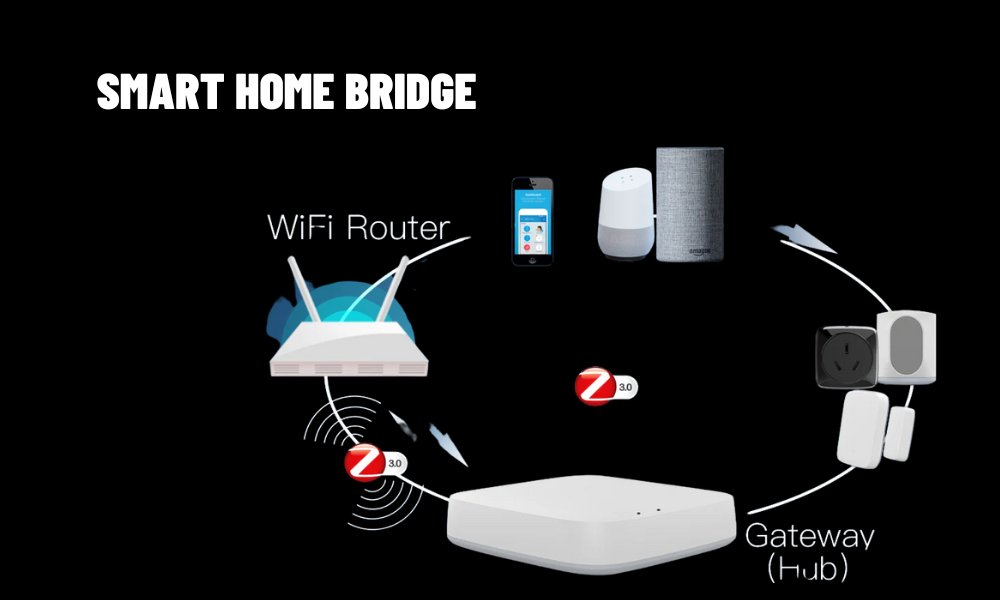In the world of smart homes, there are numerous devices designed to make our living spaces more comfortable, secure, and efficient. However, for these devices to work together seamlessly, a smart home bridge plays a pivotal role. If you’re exploring home automation and smart home systems, understanding what a smart home bridge is and how it functions can help you optimize your smart home setup.
Contents
What is a Smart Home Bridge?
A smart home bridge, also known as a hub, is a central device that connects different smart home products and enables them to communicate with each other. Essentially, a smart home bridge acts as the intermediary between various devices that might use different communication protocols, such as Zigbee, Z-Wave, Wi-Fi, Bluetooth, or proprietary wireless systems. Without a bridge, many smart home devices cannot interact with each other, even if they are part of the same ecosystem.
For instance, a Zigbee-based smart light bulb might not directly communicate with a Wi-Fi-based thermostat, but when connected to a smart home bridge, both devices can be controlled from a single platform, creating a unified smart home environment.
How Does a Smart Home Bridge Work?
A smart home bridge works by establishing a common communication protocol that can translate between different devices and systems. This allows you to control devices from a single interface, whether it’s through an app or voice commands. When you issue a command through your smartphone, voice assistant, or other interface, the bridge communicates that command to the appropriate device in the format it understands.
For example, if you tell your voice assistant, “Turn off the living room lights,” the bridge would send the signal to your smart light that uses Zigbee, translating the command from Wi-Fi to Zigbee, ensuring proper communication.

Why Do You Need a Smart Home Bridge?
Many smart home devices are designed to operate on different wireless protocols, making them incompatible with one another. A smart home bridge eliminates this barrier, enabling devices from various manufacturers to work together seamlessly.
With a smart home bridge, you can control multiple devices from a single app or interface. Whether it’s lights, thermostats, locks, or cameras, all of your devices can be managed from one place, simplifying the user experience.
The bridge makes it easier to create complex automation routines. For example, you could set a routine where your lights dim, the thermostat adjusts, and the doors lock when you say “Goodnight” to your smart assistant.
A smart home bridge can integrate with smart security devices, such as cameras and door locks. By syncing these devices, you can create a more comprehensive home security system that functions smoothly and is easy to monitor.
Popular Smart Home Bridges on the Market
Some of the most popular smart home bridges include:
Amazon Echo Plus: Works as both a smart speaker and a bridge, supporting Zigbee devices.
Samsung SmartThings Hub: Supports a wide range of smart devices and protocols like Zigbee, Z-Wave, and Wi-Fi.
Apple HomePod Mini: Functions as a bridge for HomeKit devices, connecting your Apple ecosystem.
Philips Hue Bridge: Specifically designed to manage Philips Hue lights, but can also connect to other compatible devices.
A smart home bridge is a crucial component of a well-connected home automation system. By acting as the hub that facilitates communication between different smart devices, it enhances compatibility, simplifies control, and opens the door for sophisticated automation routines. If you want to make the most out of your smart home setup, investing in a quality bridge will ensure that your devices work together harmoniously.



